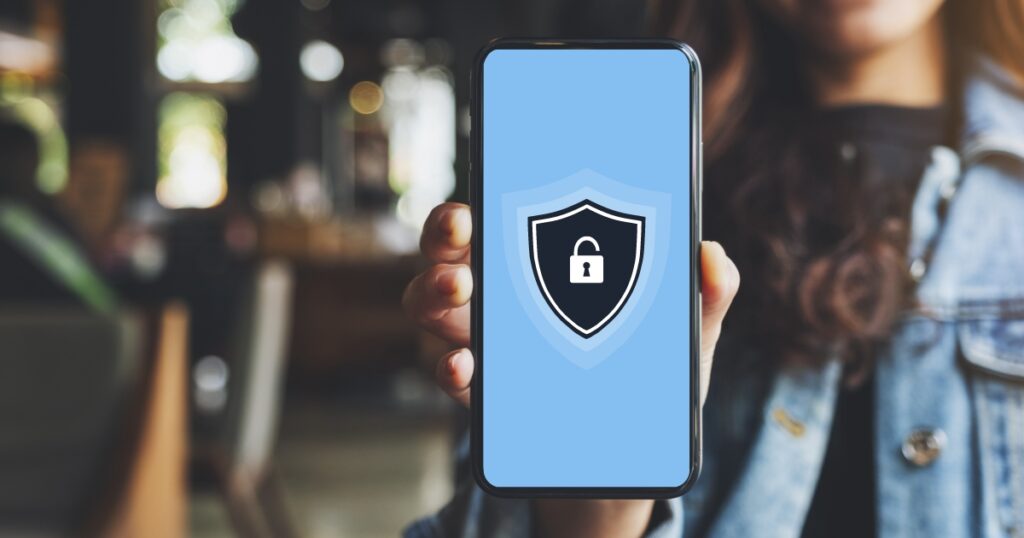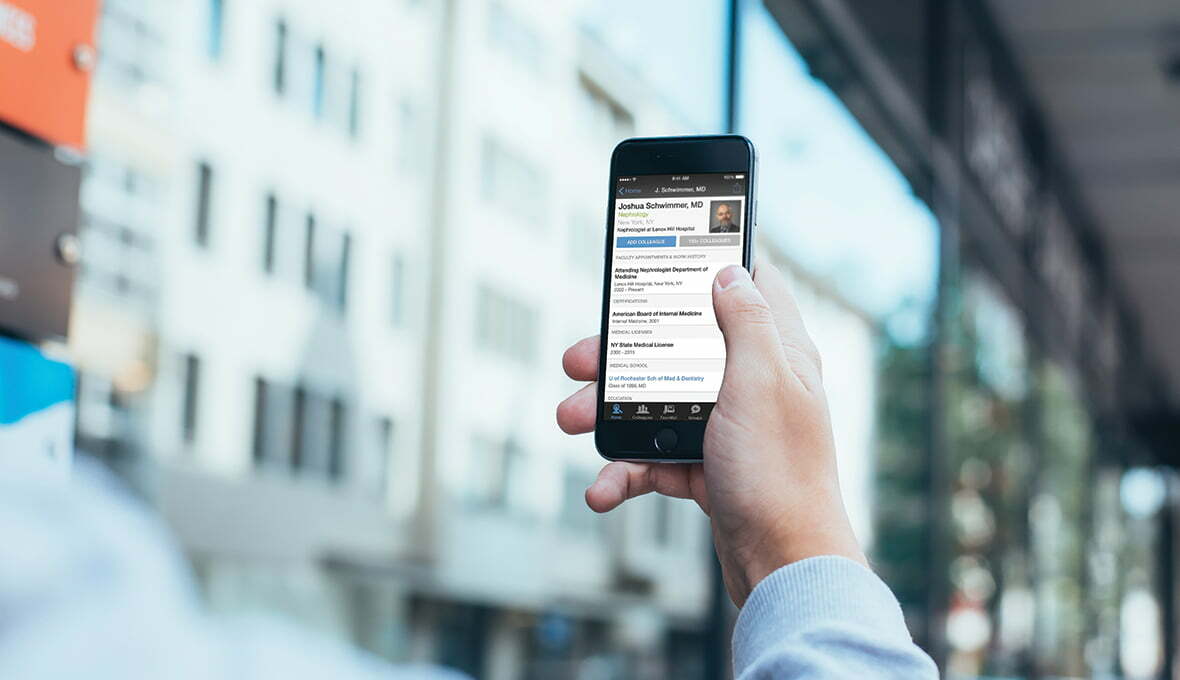Mobile Security Should Focus on Data, Not Devices
In preceding posts, I focused on go-platform development using HTML5 to assure wealthy cell people revel in holistic unified safety analytics as a massive information venture. Between action and analysis, cell protection should include recognition of statistics, not devices. A recent document by McAfee Labs mentioned banking malware and “backdoor” Trojans, which scouse borrow records from a tool without the consumer’s information, as the most commonplace threats through the second zone in 2013. Over 17,000 new traces of malware targeting Android devices all through the three-month length, up 35% year-on-12 months. This changed into the highest growth charge because of 2010. Meanwhile, mobile cloud traffic increase maintains unabated. Cisco Systems projects this traffic will account for over 70% of overall cellular visitors globally in 2016, up from forty-five % in 2011.

Companies in every region are experiencing an explosion in mobile, social, and cloud adoption. The problem for IT departments is that employees want seamless and far-off access to organization statistics to enhance productivity and speed choice-making, even as resources, packages, and information want to be safeguarded. Employees are increasingly downloading 0.33-party apps and accessing cloud services over the corporate network. In addition, an array of new cloud-primarily based cell software program offerings have cropped up aimed toward non-technical customers.
These solutions provide smooth-to-use gear that permits customers to build and manipulate their apps inside the cloud without IT involvement. By circumventing IT, customers can introduce myriad problems into the corporation – from security breaches to unmanaged records flowing into and out of the organization, compromising GRC (governance, regulatory, compliance) mandates. CIOs are liable toloseg cellular application and content controls to enterprise customers.
Yet, extra businesses are enforcing BYOD (carry your very own tool) packagessimultaneouslye. This requires CIOs to display, manage,e and govern the explosion of gadgets walking on one-of-a-kind running systems with a couple of versions, especially advanced cellular apps. BYOD brings dangers, consisting of protection, facts leakage, and privacy worries. The equal tablet having access to the corporate community today may also have been inflamed with malware because it accessed a website from an airport terminal yesterday.
Or, while accessing corporate data from the street, the identical user may also have moved business enterprise files to a cloud garage service, including iCloud or Dropbox. Many firms have deployed Mobile Device Management (MDM). However, MDM is useful for company-owned devices because personnel are reluctant to permit their devices to be managed via their company’s MDM solution. Moreover, as easy as it is to jailbreak devices, depending totally on device-level controls is fruitless.
Secure apps and information first.
A successful organization mobility method places programs first, mapping their undertaking to use instances in the field. However, mobile apps require more control, manipulation, and safety. Unlike with a browser, in which the enterprise’s software, good judgment, and statistics are saved in the records center, with cellular apps, the app stores this intelligent at the tool itself. Regardless of whether or not an enterprise’s approach to mobility is company-issued gadgets or BYOD, the point of interest must be greater on keeping apart and securing agency apps and statistics and much less on locking down devices. The goal is to control cellular apps at a granular level to deal with deployment, safety, analytics, facts synchronization, storage, version management, and the capability to remotely debug trouble on a mobile tool or wipe the organization’s points clean if a device is misplaced or stolen or if the employee leaves the corporation.
To mitigate cellular safety dangers, establishments must have their cellular traffic secured to stumble on blo,ck malicious transactions, and manage sensitive company information. First, IT desires visibility into the cellular site visitors traversing the business enterprise network, particularly because it relates to records dwelling in or transferring among users and company assets. Once visibility is mounted, IT must be comfortable and control malicious visitors. This consists of detecting and blocking off superior threats through cellular browsers ando application-specific threats, including malware, to prevent sensitive information leaks.
These steps can be completed via technologies that most agencies have already deployed. Specifically, software shipping controllers (ADCs) and application overall performance tracking (APM) software programs for end-to-quit visibility and secure web gateways (SWGs) with integrated facts leak prevention (DLP) and subsequent technology protection information and occasion control (SIEM) to hit upon and block malicious visitors. These can be deployed bodily or genuinely on-premise or as cloud-primarily based answers.
Mobile Application Management for higher protection and control Application Management (MAM is complementing that technology), which offers the security of corporate records – independent of the personal settings and apps at the tool. MAM solutions can be used to provision and control access to each internally developed and approved 0.33-birthday party cellular app. With the superiority of cross-platform development, apps no longer use a field version, where capability is configured upfront, leaving no room to deal with safety or statistics control issues. Today, mobile apps are “wrapped,” meaning that extra functionality is layered over the app’s native abilities as needed.
It defines a hard and fast for commercial enterprise apps for customers to enter through the company app shop via their devices. The package deal consists of an encrypted statistics document where these accredited apps live, person authentication, selective wipe of regionally-cached business facts from the device, and app-degree VPN competencies to offer comprehensive protection for distinct customers and contexts. If a device is used for business, enterprise policy must permit app downloads from a corporate app save only from public cloud app stores like iTunes or Google Play (formerly Android Market). This ought to be complemented by cloud access gateways that ensure obvious encryption of employer records stored in the cloud via sanctioned SaaS apps. MAM gives IT the insights and evaluation to determine which apps are being downloaded, which worker businesses are installing and using apps, how they are getting used, and what gadgets personnel have without extra coding.
Conclusion
There isn’t any silver bullet, and groups will want to combine answers to deal with business enterprise cellular protection. IT should collaborate with purposeful and business unit heads to outline guidelines, processes, and processes. This encompasses the whole thing from who’s eligible, how users might be authenticated, what coverage and network get admission to applies to them, whether the organization will provide difficult gadgets or support BYOD, which devices and working structures might be supported, who is answerable for dealing with wi-fi prices and network operators and what the results of non-compliance are. Painstaking as this may be, ite will result in lower costs and better productivity while minimizing protection and GRC dangers.






















